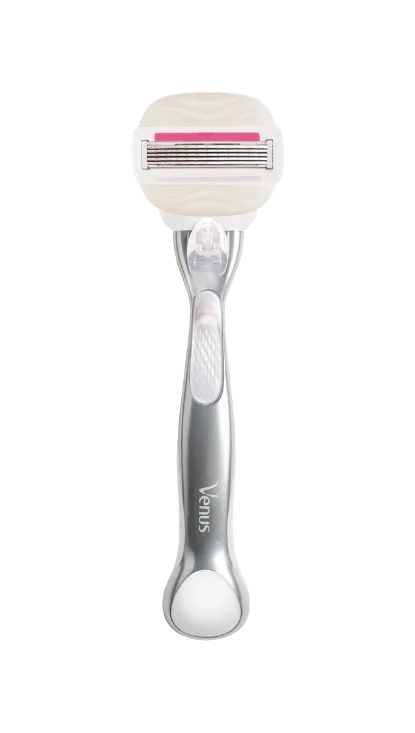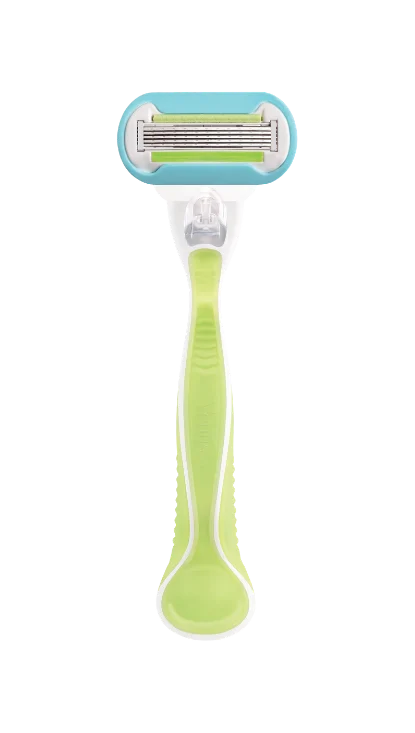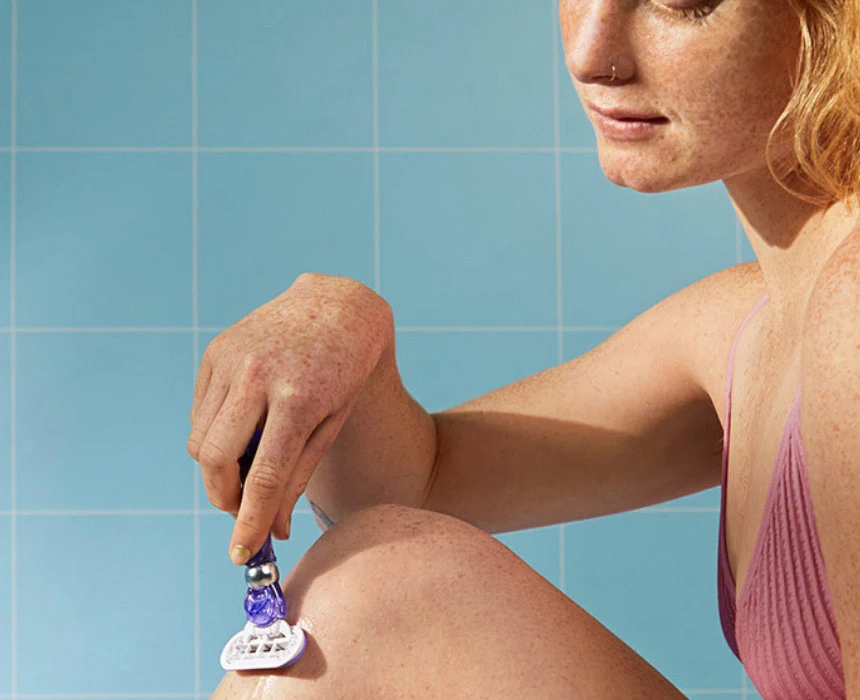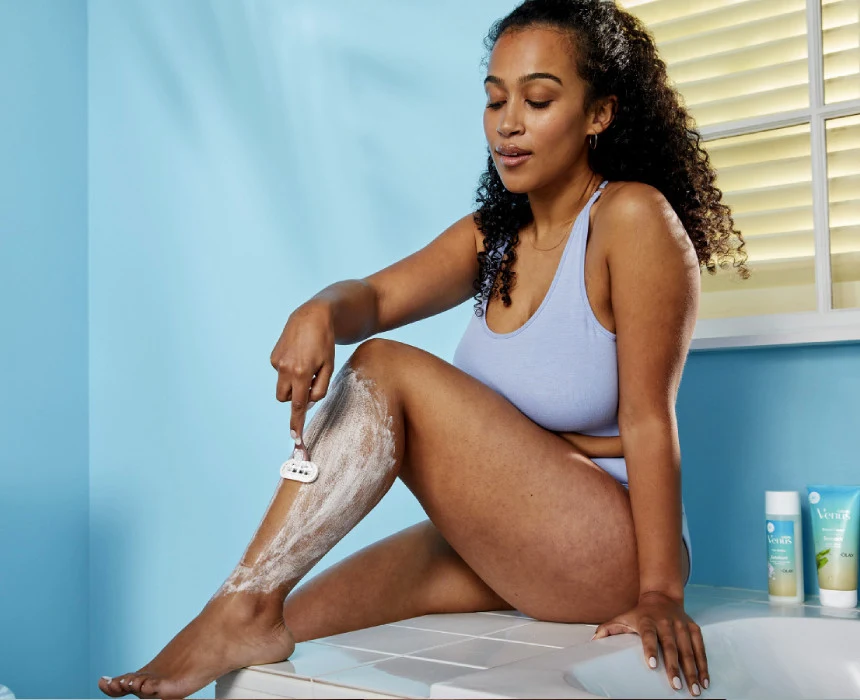Looking for ideal way to remove leg hair? With Venus leg hair removal guide, we'll weigh the pros and cons of various methods, helping you to remove unwanted hair confidently.
- Home
- All Articles
- Women's Hair Removal Methods
- Hair Removal Guide: Which Method is Best for Smooth & Soft Legs?
Hair Removal Guide: Which Method is Best for Smooth & Soft Legs?

Looking for ideal way to remove leg hair? With Venus leg hair removal guide, we'll weigh the pros and cons of various methods, helping you to remove unwanted hair confidently.
Now viewing:
How to remove hair from your legs?
- How to remove hair from your legs?
- Hair removal methods
- 1. Shaving – Easy, fuss-free & fast
- 2. Waxing – Remove hair from the root
- 3. Hair removal creams (depilatory creams) – Simple, a little messy & perfect for beginners
- 4. Epilating – Mechanically-operated tweezers
- 5. Sugaring – Less painful
- Tips for achieving soft & smooth skin on legs
- 1. Moisturise once a day
- 2. Exfoliate once or twice a week
- 3. Choose the right razor for hair removal
- 4. Dry brush your legs
- 5. Apply sunscreen
In this article
In this article
- How to remove hair from your legs?
- Hair removal methods
- 1. Shaving – Easy, fuss-free & fast
- 2. Waxing – Remove hair from the root
- 3. Hair removal creams (depilatory creams) – Simple, a little messy & perfect for beginners
- 4. Epilating – Mechanically-operated tweezers
- 5. Sugaring – Less painful
- Tips for achieving soft & smooth skin on legs
- 1. Moisturise once a day
- 2. Exfoliate once or twice a week
- 3. Choose the right razor for hair removal
- 4. Dry brush your legs
- 5. Apply sunscreen
Learn more about our products
✕How to remove hair from your legs?

Looking for the best method to remove hair from your legs? We understand the struggle! With leg hair removal options available, it can be tough to choose. But worry not! In our ultimate guide for removing leg hair, we'll explore each method's pros and cons. Get ready to say goodbye to unwanted leg hair with confidence!
Hair removal methods

There are several methods of leg hair removal that can help you achieve smooth, hair-free skin, including:
- Shaving
- Waxing
- Epilating
- Sugaring
- Hair removal cream (depilatory cream)
Each hair removal method has pros and cons. How long does the smoothness last? Which method prevents ingrown hair? Which is the least painful? Let’s find out.
1. Shaving – Easy, fuss-free & fast

Shaving is an entry-level hair removal method – many women remove their leg hair by shaving. With the right razor, shaving is easy for beginners. It’s also pain-free, provided you avoid nicks, cuts and razor burn.
Shaving leg hair is a fast, easy and cost-effective option to get smooth skin.
How to shave your legs
To shave your legs, you need a sharp, clean razor, some shaving cream or gel and a source of water. Get your legs wet (ideally in the bath or shower), lather up shaving cream and shave carefully in the direction of hair growth. If you shave against the grain, you’re more at risk of ingrown hairs.
Take particular care around the knees and ankles: nicks and cuts are more common here.
How to prep your skin before shaving
Before shaving your legs, you should take a warm bath or shower to wet the skin. This will soften the hairs on your legs, making them easier to shave. Exfoliate gently with an exfoliating body wash, scrub or loofah to remove dead skill cells and other pore-clogging dirt.
Then, apply a shaving cream or gel in a thick lather before picking up a razor.
How long will shaved legs last?
The results of shaving leg hair depend on the speed of hair growth. Generally, silky smoothness lasts a day or two, and then your legs might start feeling a little prickly.
After three to five days, your legs will be suitably stubbly, and it’ll be time to start thinking about shaving again.
Post-shaving care
Aftercare is just as crucial as pre-shave prep when shaving your legs. Rinse away any residual shaving cream, dry your legs and apply a moisturiser or lotion. Moisturiser soothes the skin to reduce irritation, locks in moisture to avoid dry skin and adds a protective barrier against external grime.
Pro-tips for shaving your legs
Here are some top tips for how to shave your legs:
- Change your razor often (every five to ten uses)
- Use a clean razor (rinse your razor after use and store somewhere dry)
- Shave in the direction of hair growth
- Apply shaving cream or gel.
2. Waxing – Remove hair from the root

If you want longer-lasting results, waxing your legs is a good option. Waxing removes hair from the root so it won’t grow back for four to six weeks.
The downside of waxing is the pain – compared to other hair removal options like shaving, waxing can hurt a little more. The legs are one of the least painful areas of the body to remove hair from, so most women find the pain bearable.
How to wax your legs
There are a few different options for waxing your legs at home: ready-made wax strips, hot wax with strips or hard wax. The technique is similar for all three.
Heat the hot wax for the specified time, then apply it to your legs in sections in the direction of hair growth. Wait around 30 seconds for the wax to set before pulling the wax (or strip) off from the bottom up against the direction of hair growth.
When removing the wax, make sure to pull your skin taut and pull the strip fast and close to the skin.
Ready-made strips with soft wax just need to be warmed in your hands before applying.
Always follow the directions on your home wax kit – methods vary for different products.
How to prep your skin before waxing
Before waxing your legs, exfoliate with a gentle scrub the day before to remove any dead skin. Ingrown hairs are common with waxing, so this simple step helps you avoid those dreaded blocked pores.
Make sure your skin is clean and dry before you begin waxing. If there is any moisture, the wax may not adhere to your skin properly.
You should let your leg hair grow out for at least two weeks before waxing. Leg hair must be at least 3mm long for the wax to take hold of it.
How long will waxed legs last?
The results of leg waxing typically last between four and six weeks. It varies depending on your rate of hair growth and how often you wax.
The more you wax, the longer it will take for hair to grow back.
Post leg-waxing care
After waxing your legs, it’s normal for your skin to be sensitive and red. You should avoid taking hot showers, swimming, exfoliating, direct sunlight and perfumed creams or lotions for a few days after waxing.
If you can, wear loose-fitting trousers to avoid irritating your skin further.
You can use ice or a cold compress to soothe your skin after leg waxing. After one or two days, when your skin has calmed down, you can use a gentle moisturiser to keep your skin supple and protected.
Pro-tips for waxing your legs
- Don’t exfoliate too much or too hard before waxing your legs! This can graze the skin and cause ingrown hairs.
- Moisturise one or two days after waxing
- Wear loose-fitting, non-irritating materials to let your skin breathe.
3. Hair removal creams (depilatory creams) – Simple, a little messy & perfect for beginners

Hair removal creams are painless and easy to remove leg hair. They use chemical ingredients to break down the proteins in the hair shaft, weakening it so it can be easily wiped away from the skin's surface.
Hair is not removed at the root, so you’ll need to repeat the process more often to maintain smooth legs.
How to use hair removal cream on your legs
Apply the depilatory cream to your legs, ensuring full coverage across the area you want to shave. Follow the recommended time on the packaging to allow the cream to work.
When the time is up, scrape off the dissolved hair using the provided tool or rinse it in the shower.
How to prep your skin before applying hair removal cream
Make sure your skin is clean and dry before applying hair removal cream.
You should also do a patch test first before covering your legs – check the directions for your depilatory cream.
How long will it last?
Like shaving, hair removal cream only removes hair at the skin level – not from the root. Expect some stubble on your legs after three to four days.
Post-care
After removing your leg hair with depilatory cream, rinse off all residual cream thoroughly. You can apply a cold washcloth to the area calm and soothe your skin if needed.
Pro-tip for using depilatory cream on legs
- Exfoliate before applying depilatory cream to remove dead skin cells
- Take care not to scratch your legs after hair removal
- Always patch test first.
4. Epilating – Mechanically-operated tweezers
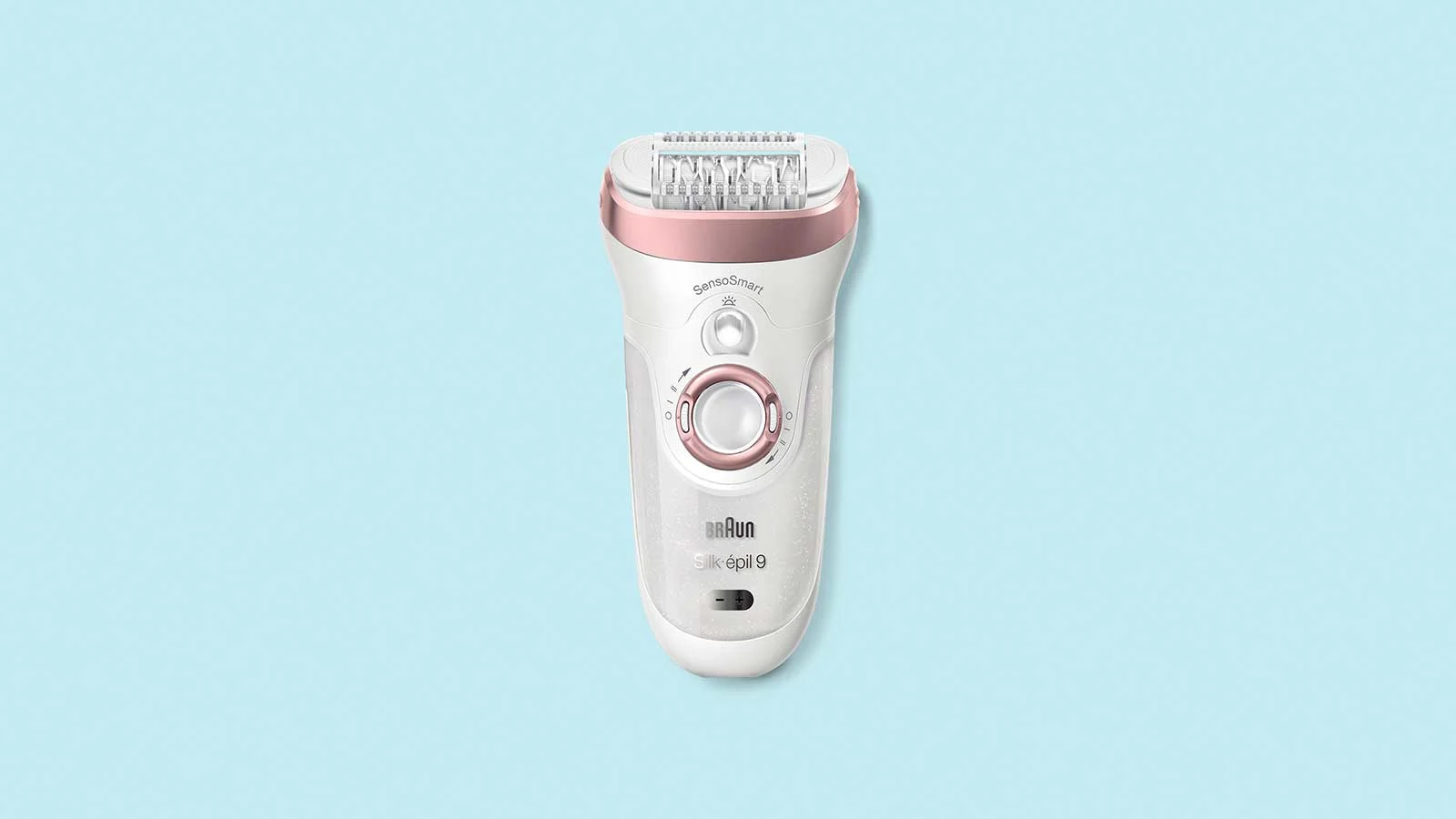
Like waxing, epilating removes leg hair from the root for long-lasting smoothness.
Epilators work by mechanically grasping and removing hair from the roots with rotating tweezers or discs. However, epilating can be painful – especially if you’re new to removing hair at the root.
How to epilate?
Epilators can be used on wet or dry skin. Switch the epilator on and slowly move it up your legs against the direction of hair growth.
If you find epilating a little painful, trying it on wet skin may help.
How to prep your skin before epilating?
Let your leg hair grow to at least 0.5mm before epilating. However, don’t let it grow too long, as shorter hair is less painful to remove.
Exfoliation is key before all hair removal methods, and epilation is no exception. Exfoliate your legs gently before epilating to remove all dead skin, dirt and oil.
How long will epilation last?
Epilation lasts as long as waxing – four to six weeks. Compared to shaving and depilatory creams, epilation is much lower maintenance so that you can enjoy hair-free legs for longer.
Post-epilation care
Aftercare is essential after epilating your legs. To protect against irritation and ingrown hairs, apply a moisturiser to soothe the skin.
Like with waxing, avoid exfoliating until your skin has recovered, and keep your legs out of bright sunlight.
Pro-tips for epilating your legs
- Hold the skin taught for an easy glide
- Only touch the epilator lightly against your skin
- Hold the epilator at 90 degrees for the most effective results.
5. Sugaring – Less painful
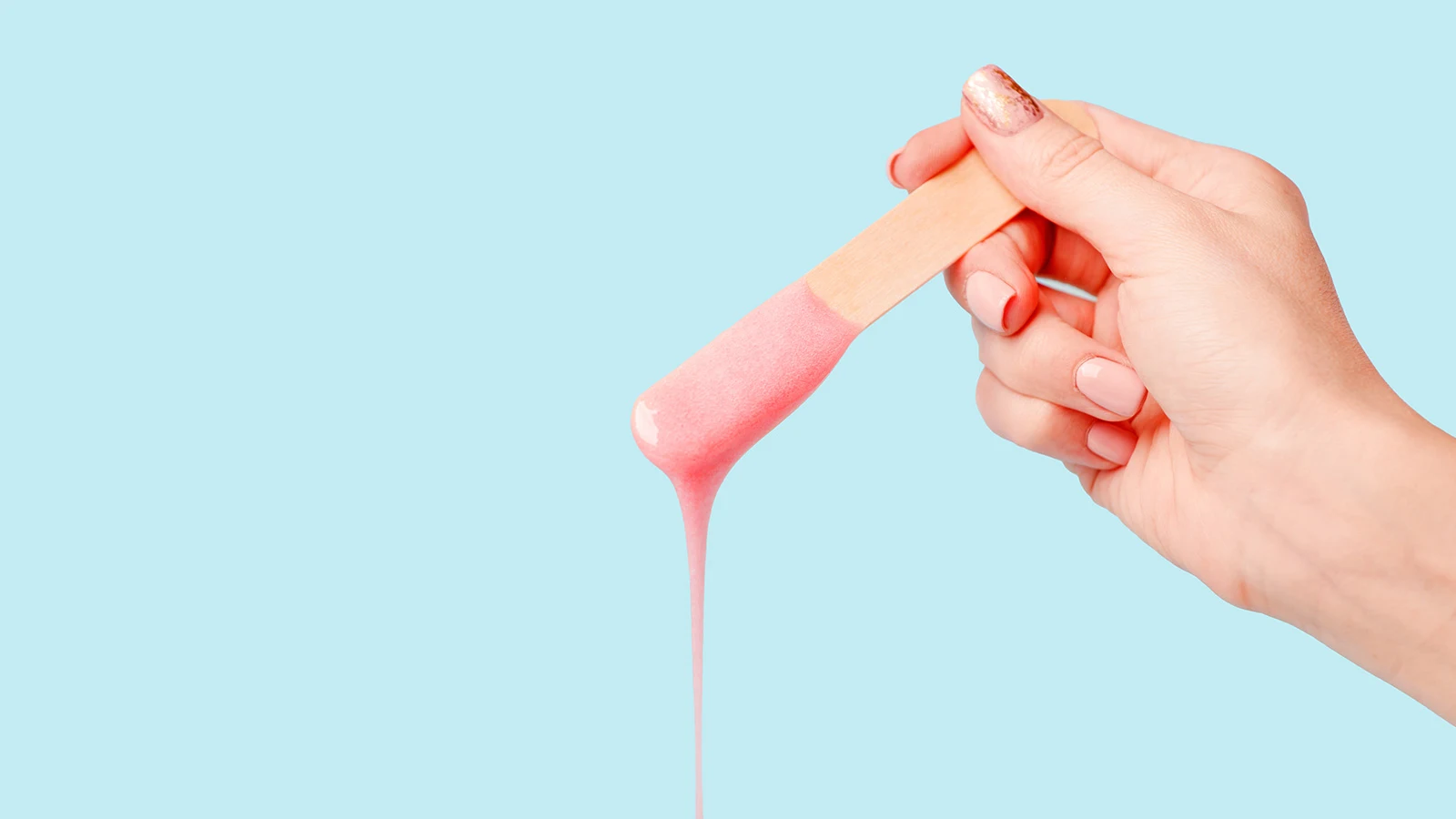
Sugaring is a natural hair removal method that uses a paste (or sugar wax) made of sugar, lemon juice and water. Like waxing, sugaring sticks to the hair and removes it from the root.
How to remove leg hair with sugar wax
To remove leg hair by sugaring, start by preparing a sugar wax by mixing sugar, lemon juice, and water. Then, apply the paste in the opposite direction to hair growth (yes, the opposite to waxing), and quickly pull it off in the direction of hair growth.
How to prep your skin before sugaring
Make sure your skin is clean, dry, and free of any oils, lotions, or powders before you start sugaring.
Exfoliating is always recommended too to prevent any ingrown hairs.
How long will it last?
One of the main benefits of sugaring is long-lasting smoothness. Like waxing, your legs will remain hair-free for four to six weeks after using sugar wax.
Post-sugaring care
After sugaring your legs, rinse the skin with gentle soap to remove the residual paste. Avoid water and direct sunlight to protect your newly sugared skin.
Apply a gentle moisturiser to soothe your legs and lock in hydration.
Pro-tips for sugaring your legs
- Exfoliate regularly to reduce the growth of ingrown hair – but avoid exfoliating for 48 hours after sugaring
- Wear loose trousers to avoid irritating your skin.
Tips for achieving soft & smooth skin on legs
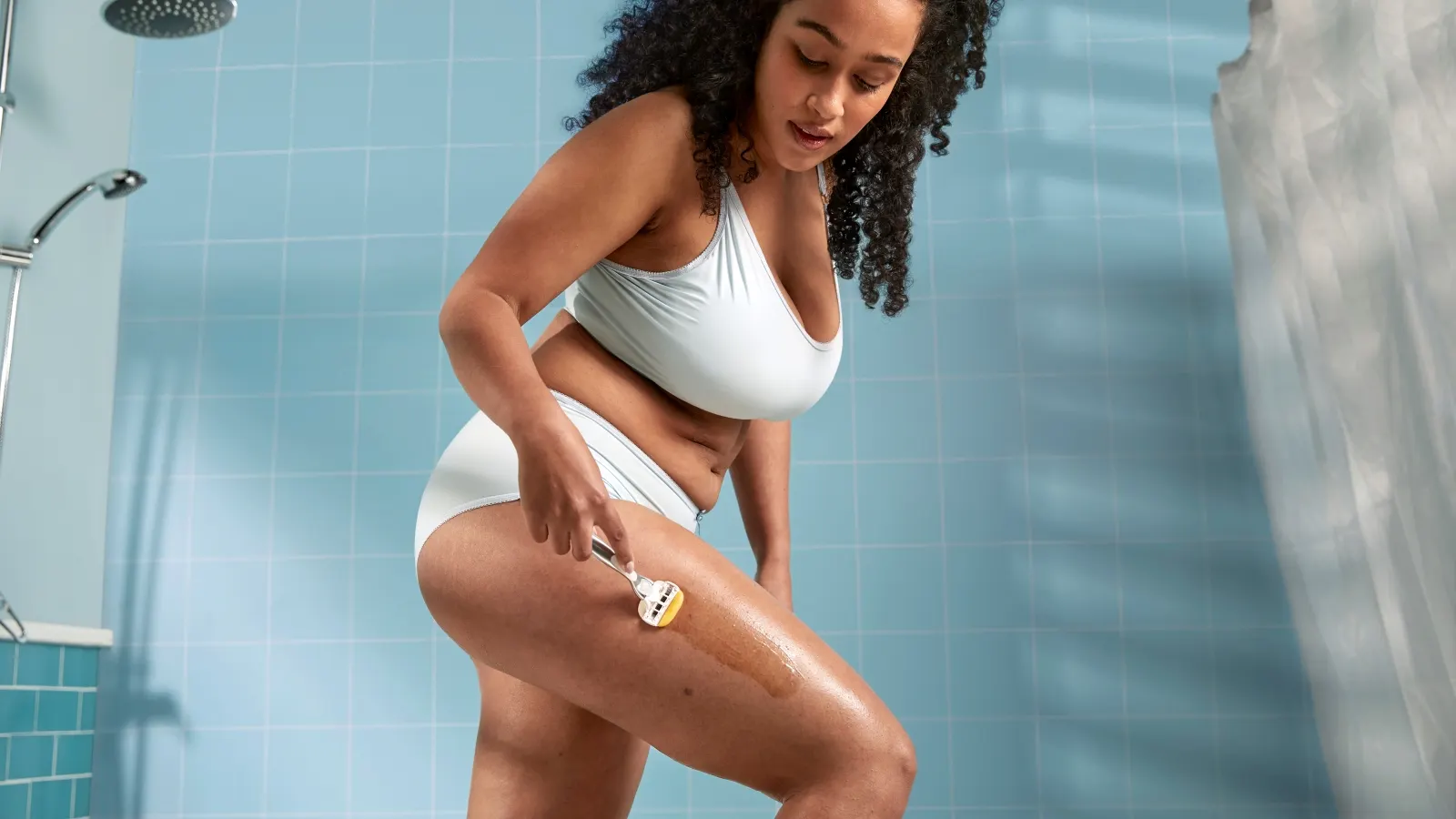
Want smooth and soft skin on your legs? Here are some top tips for long-lasting smooth skin after shaving.
1. Moisturise once a day

You shouldn’t just moisturise after shaving your legs – you should moisturise daily for optimum smoothness. The best time to apply moisturiser is after a shower or bath.
2. Exfoliate once or twice a week

Exfoliation is key to smooth skin, too. Use an exfoliating scrub on your legs once or twice weekly to remove dead skin cells and reveal fresh, soft skin underneath. Be careful not to over-exfoliate, though, as this can do more harm than good.
3. Choose the right razor for hair removal
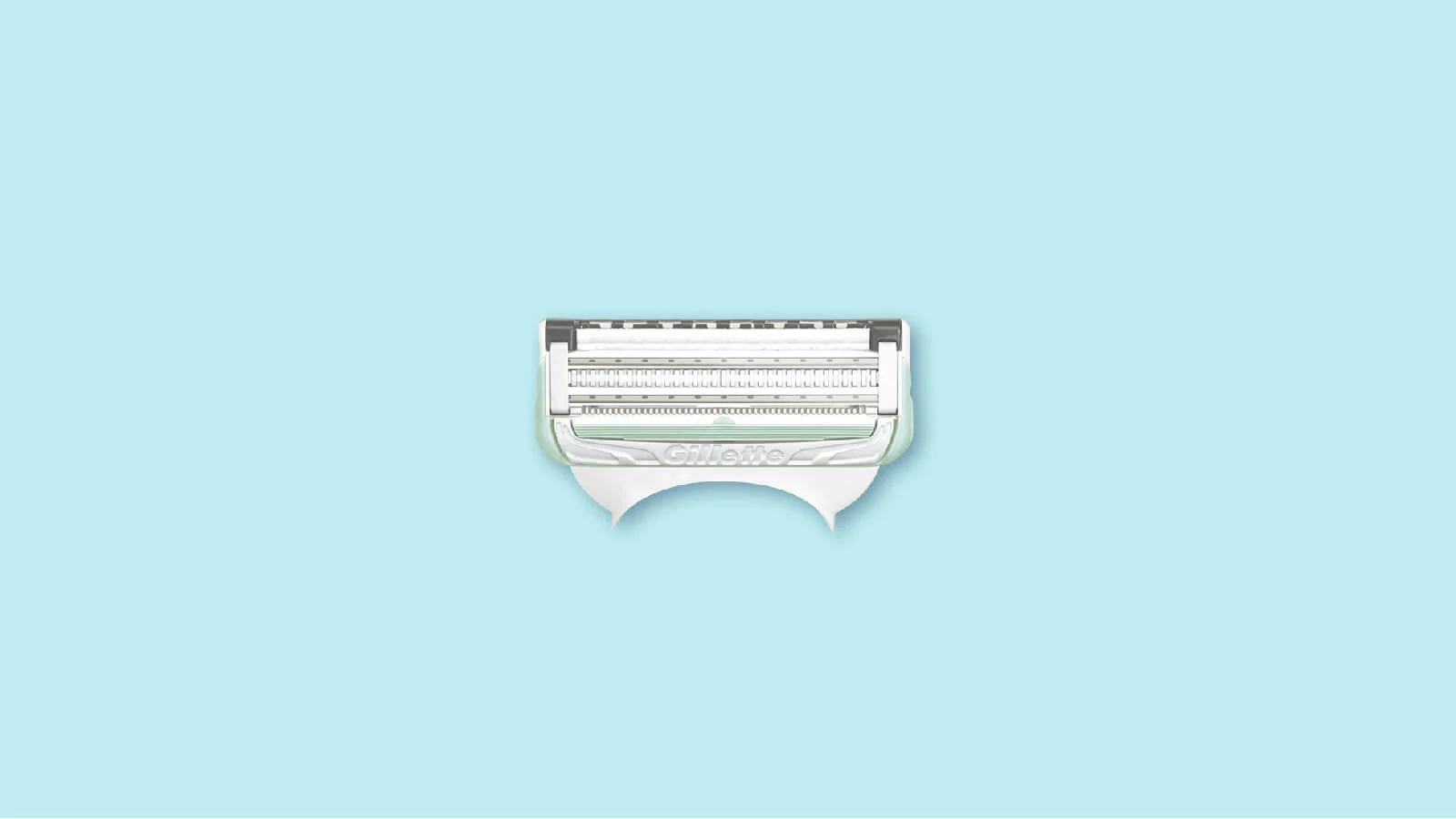
The right razor for hair removal makes a big difference to the results. If you want smooth legs for longer, opt for a multi-blade razor. These cut hair below the skin surface, so it takes longer for the dreaded stubble to grow back.
You should also only shave with sharp blades, so remember to replace your razor regularly for smooth, irritation-free results.
4. Dry brush your legs
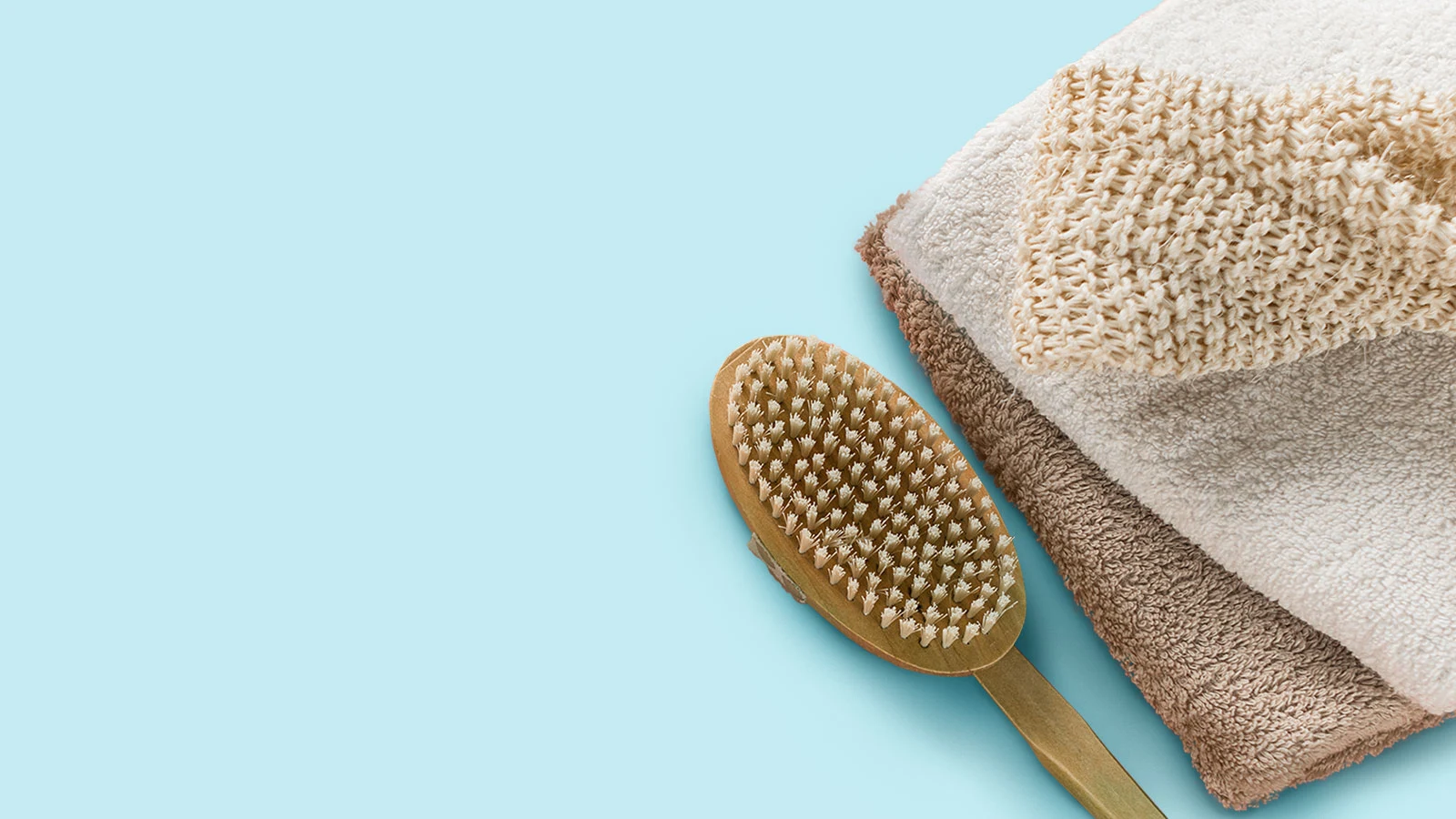
Dry brushing is another exfoliation technique to give your legs a lasting glow. As the name suggests, gently massage your legs with a body brush in upward, circular motions to boost circulation and remove dead skin. This technique can even make your legs look more toned.
5. Apply sunscreen

Sun exposure is the number-one cause of ageing for the skin. Applying sunscreen to your legs daily protects your skin from those pesky rays, which can cause dryness, signs of ageing and even skin cancer.
FAQs
Is it necessary to remove leg hair?
It’s not necessary to remove body hair – it’s a personal preference. Some people choose to remove body hair, but you shouldn’t feel pressured to do so. Do what feels right for you.
Will my hair grow thicker if I shave my legs?
No, shaving leg hair doesn’t make it grow back thicker or faster. This is a common misconception, as shaved hair has a blunt tip, so it may appear coarser and darker when it grows back.
What is the most painless way to remove leg hair?
Shaving is generally the most painless way to remove leg hair. Unlike waxing, epilation and laser hair removal, shaving is pain-free (provided you don’t accidentally nick or cut your legs).
What is the healthiest way to remove leg hair?
With the right pre-hair-removal prep and aftercare, all leg hair removal methods can be healthy. However, shaving is one of the least invasive methods for hair removal as it doesn’t remove hair from the root. This means it’s one of the gentlest hair removal methods on your skin.
How should I remove my leg hair?
There are various methods to remove leg hair, including shaving, waxing, hair removal creams and epilating. It’s a personal choice which method you use. Common considerations include cost, ease, pain and length of results.

